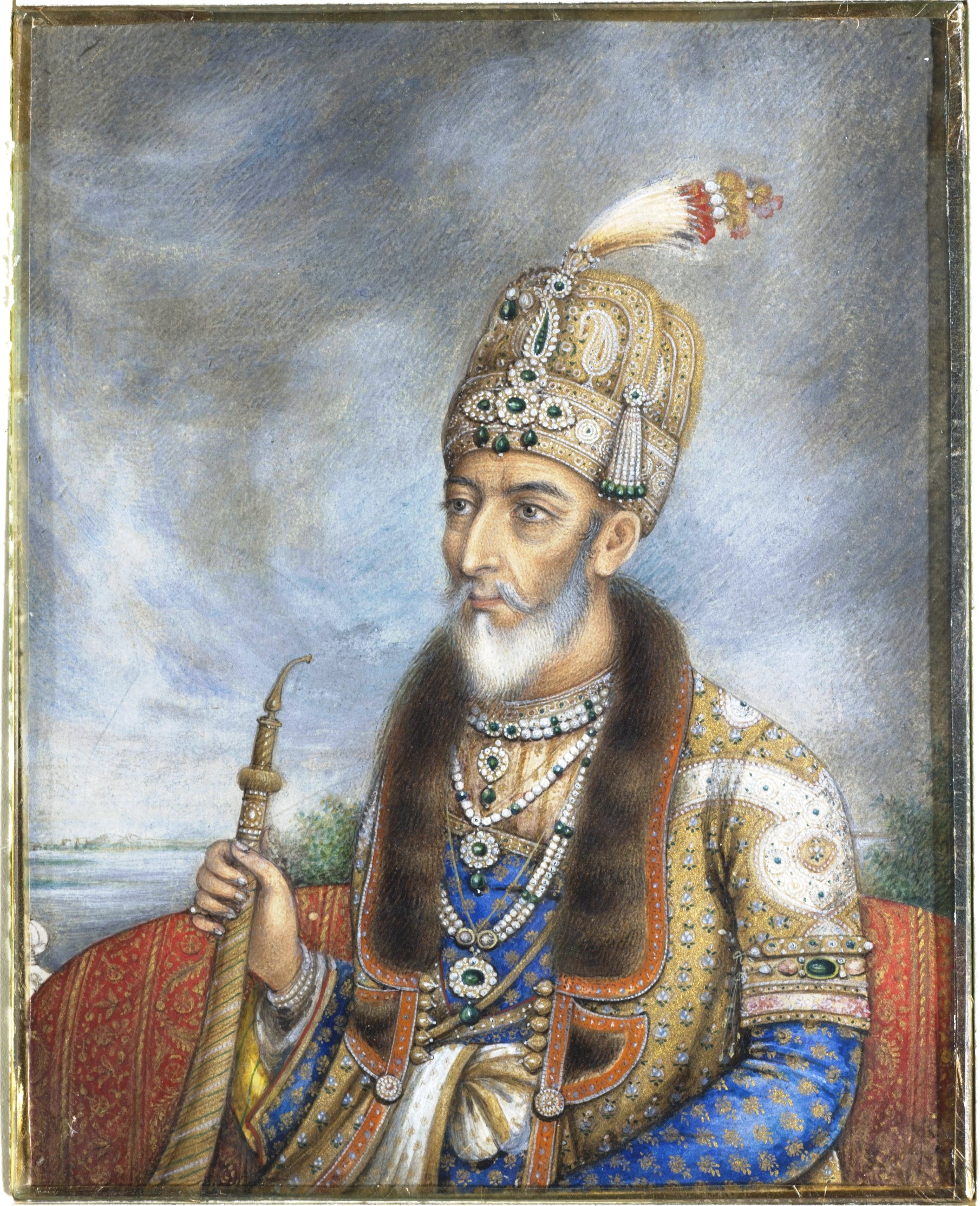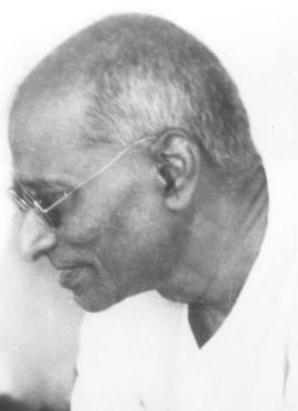|
Sardar Vallabhbhai Patel
Vallabhbhai Jhaverbhai Patel (; ''Vallabhbhāī Jhāverbhāī Paṭel''; 31 October 1875 – 15 December 1950), commonly known as Sardar Vallabhbhai Patel, was an Indian independence activist and statesman who served as the first Deputy Prime Minister of India, Deputy Prime Minister and Home Minister of India from 1947 to 1950. He was a senior leader of the Indian National Congress, who played a significant role in the Indian independence movement and India's Political integration India, political integration. In India and elsewhere, he was often called ''Sardar'', meaning "Chief" in Hindustani language, Hindustani, Bengali language, Bengali, Persian language, Persian and Prakrit. He acted as the Minister of Home Affairs (India), Home Minister during the political integration of India and the Indo-Pakistani War of 1947. Patel was born in Nadiad city at Bombay Presidency (present-day Kheda district, Gujarat) and raised in the countryside of the state of Gujarat. He was a success ... [...More Info...] [...Related Items...] OR: [Wikipedia] [Google] [Baidu] |
Sardar
Sardar, also spelled as Sardaar (, , 'commander', literally 'headmaster'), is a title of royal family, royalty and nobility that was originally used to denote princes, noblemen, chiefs, kings and other Aristocracy (class), aristocrats. It has also been used to denote a chief or leader of a tribe or group. It is used as a Persian synonym of the title ''Emir'' of Arabic origin. The term and its cognates originate from Persian ''sardār'' () and have been historically used across Islamic Persia, Persia (Iran), the Ottoman Empire and Turkey (as "Serdar (Ottoman rank), Serdar"), Afghanistan (as "Sardar" for a member of the royal Mohammadzai, Mohammadzai clan in meaning of noblemen), Mesopotamia (now Iraq), Syria, South Asia (Pakistan, India, Bangladesh and Nepal), Central Asia, the Caucasus, the Balkans and Egypt (as "Sirdar"). Amongst Sikhs, the term began to be adopted due to Afghan influence in the mid-18th century to signify a leader of a Jatha or Misl and gradually replaced ... [...More Info...] [...Related Items...] OR: [Wikipedia] [Google] [Baidu] |
Maniben Patel
Maniben Patel (24 April 1904 — 26 March 1990) was an Indian independence movement activist and a Member of the Indian parliament. She was the daughter of freedom fighter and post-Independence Indian leader Sardar Vallabhbhai Patel. Educated in Bombay, Patel adopted the teachings of Mahatma Gandhi in 1918, and started working regularly at his ashram in Ahmedabad. Early life Patel was born on 24 April 1904 at Karamsad, Bombay Presidency, British India. She was brought up by her uncle Vitthalbhai Patel. She completed her early education at Queen Mary High School in Bombay. In 1920 she moved to Ahmedabad and attended the university of Rashtriya Vidhyapith started by Mahatma Gandhi. After graduating in 1925, Patel went on to assist her father. Borsad movement In 1923-24 the British government levied heavy taxes on the common people and for recovery of the same they started confiscating their cattle, land and property. To protest against this oppression, Maniben motivated wo ... [...More Info...] [...Related Items...] OR: [Wikipedia] [Google] [Baidu] |
Prakrit
Prakrit ( ) is a group of vernacular classical Middle Indo-Aryan languages that were used in the Indian subcontinent from around the 5th century BCE to the 12th century CE. The term Prakrit is usually applied to the middle period of Middle Indo-Aryan languages, excluding Pali. The oldest stage of Middle Indo-Aryan language is attested in the inscriptions of Ashoka (ca. 260 BCE), as well as in the earliest forms of Pāli, the language of the Theravāda Buddhist canon. The most prominent form of Prakrit is Ardhamāgadhı̄, associated with the ancient kingdom of Magadha, in modern Bihar, and the subsequent Mauryan Empire. Mahāvı̄ra, the last tirthankar of 24 tirthankar of Jainism, was born in Magadha, and the earliest Jain texts were composed in Ardhamāgadhı̄. Etymology There are two major views concerning the way in which Sanskrit and Prakrit are related. One holds that the original matter in question is the speech of the common people, unadorned by grammar, and that p ... [...More Info...] [...Related Items...] OR: [Wikipedia] [Google] [Baidu] |
Persian Language
Persian ( ), also known by its endonym and exonym, endonym Farsi (, Fārsī ), is a Western Iranian languages, Western Iranian language belonging to the Iranian languages, Iranian branch of the Indo-Iranian languages, Indo-Iranian subdivision of the Indo-European languages. Persian is a pluricentric language predominantly spoken and used officially within Iran, Afghanistan, and Tajikistan in three mutual intelligibility, mutually intelligible standard language, standard varieties, respectively Iranian Persian (officially known as ''Persian''), Dari, Dari Persian (officially known as ''Dari'' since 1964), and Tajik language, Tajiki Persian (officially known as ''Tajik'' since 1999).Siddikzoda, S. "Tajik Language: Farsi or not Farsi?" in ''Media Insight Central Asia #27'', August 2002. It is also spoken natively in the Tajik variety by a significant population within Uzbekistan, as well as within other regions with a Persianate society, Persianate history in the cultural sphere o ... [...More Info...] [...Related Items...] OR: [Wikipedia] [Google] [Baidu] |
Bengali Language
Bengali, also known by its endonym and exonym, endonym Bangla (, , ), is an Indo-Aryan languages, Indo-Aryan language belonging to the Indo-Iranian languages, Indo-Iranian branch of the Indo-European languages, Indo-European language family. It is native to the Bengal region (Bangladesh, India's West Bengal and Tripura) of South Asia. With over 242 million native speakers and another 43 million as second language speakers as of 2025, Bengali is the List of languages by number of native speakers, sixth most spoken native language and the List of languages by total number of speakers, seventh most spoken language by the total number of speakers in the world. Bengali is the Official language, official, National language, national, and most widely spoken language of Bangladesh, with 98% of Bangladeshis using Bengali as their first language. It is the second-most widely spoken scheduled languages of India, language in India. It is the official language of the Indian states of West ... [...More Info...] [...Related Items...] OR: [Wikipedia] [Google] [Baidu] |
Hindustani Language
Hindustani is an Indo-Aryan language spoken in North India and Pakistan as the lingua franca of the region. It is also spoken by the Deccani people, Deccani-speaking community in the Deccan plateau. Hindustani is a pluricentric language with two Standard language, standard Register (sociolinguistics), registers, known as Hindi (Sanskritisation (linguistics), Sanskritised register written in the Devanagari script) and Urdu (Persianization, Persianized and Arabization, Arabized register written in the Perso-Arabic script) which serve as official languages of India and Pakistan, respectively. Thus, it is also called Hindi–Urdu. Colloquial registers of the language fall on a spectrum between these standards. In modern times, a third variety of Hindustani with significant English influences has also appeared, which is sometimes called Hinglish or Urdish.Salwathura, A. N.Evolutionary development of ‘hinglish’language within the Indian sub-continent. ''International Journal ... [...More Info...] [...Related Items...] OR: [Wikipedia] [Google] [Baidu] |
Political Integration India
Before Indian Independence Act 1947, it gained independence in 1947, British Raj, India (also called the Indian Empire) was divided into two sets of territories, one under direct British Raj, British rule (British India), and the other consisting of princely states under the suzerainty of the British Crown, with control over their internal affairs remaining to varying degrees in the hands of their hereditary rulers. The latter included 562 princely states which had different types of revenue-sharing arrangements with the British, often depending on their size, population and local conditions. In addition, there were several colonial enclaves controlled by France and Portugal. After independence, the political integration of these territories into an Dominion of India, Indian Union was a declared objective of the Indian National Congress, and the Government of India pursued this over the next decade. Thus, a gradual unification of India was thus followed, Jawaharlal Nehru and Vall ... [...More Info...] [...Related Items...] OR: [Wikipedia] [Google] [Baidu] |
Indian Independence Movement
The Indian independence movement was a series of historic events in South Asia with the ultimate aim of ending British Raj, British colonial rule. It lasted until 1947, when the Indian Independence Act 1947 was passed. The first nationalistic movement took root in the newly formed Indian National Congress with prominent moderate leaders seeking the right to appear for Indian Civil Service examinations in British India, as well as more economic rights for natives. The first half of the 20th century saw a more radical approach towards self-rule. The stages of the independence struggle in the 1920s were characterised by the leadership of Mahatma Gandhi and Congress's adoption of Gandhi's policy of non-violence and Salt March, civil disobedience. Some of the leading followers of Gandhi's ideology were Jawaharlal Nehru, Vallabhbhai Patel, Abdul Ghaffar Khan, Maulana Azad, and others. Intellectuals such as Rabindranath Tagore, Subramania Bharati, and Bankim Chandra Chattopadhyay spr ... [...More Info...] [...Related Items...] OR: [Wikipedia] [Google] [Baidu] |
Home Minister Of India
The Minister of Home Affairs is the head of the Ministry of Home Affairs of the Government of India. One of the senior-most officers in the Union Cabinet, the chief responsibility of the home minister is the maintenance of the internal security of India; the country's large police force comes under its jurisdiction. Occasionally, they are assisted by the minister of state of home affairs and the lower-ranked deputy minister of home affairs. Ever since the time of independent India's first home minister, Sardar Vallabhbhai Patel, the office has been seen as second in seniority only to the prime minister in the union cabinet. Like Patel, several home ministers have since held the additional portfolio of deputy prime minister. As of February 2020, three home ministers have gone on to become the prime minister: Lal Bahadur Shastri, Charan Singh and P. V. Narasimha Rao. L.K. Advani, serving from 19 March 1998 to 22 May 2004, has held the office of the home minister for the longest c ... [...More Info...] [...Related Items...] OR: [Wikipedia] [Google] [Baidu] |








